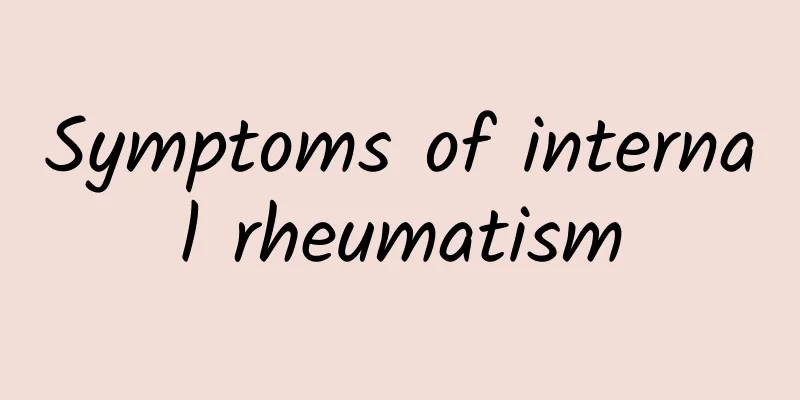What is hypoosmolarity encephalopathy and what causes it?

|
Hypotonic encephalopathy (HE) is a group of clinical syndromes caused by decreased plasma osmotic pressure and brain cell edema due to various reasons. What are the causes of hypoosmolar encephalopathy? Causes 1. When treating heart disease of various causes combined with functional insufficiency, diuretics and low-salt diets are given without paying attention to limiting water intake. 2. Cerebrovascular disease Patients with cerebrovascular disease and increased intracranial pressure suffer from massive dehydration and diuresis due to reducing intracranial pressure, and sodium salt supplementation is neglected in treatment, leading to the occurrence of hyponatremia. 3. Patients with digestive system diseases may develop hyponatremia due to anorexia, nausea, vomiting, and diarrhea, which affect sodium absorption. 4. Neurohumoral factors: Pain, shock, severe infection, acute thyroid insufficiency and adrenal cortical insufficiency lead to neuroendocrine dysfunction, which stimulates or reflexly stimulates the increase in ADH secretion, causing the permeability of the distal renal tubular epithelial cells to water to increase. The increased water reabsorption dilutes the blood, causing dilutional hyponatremia and causing hypoosmotic encephalopathy. 5. Chronic renal failure patients suffer from hyponatremia due to long-term restriction of sodium salt intake and the use of diuretics, which leads to hypoosmolar encephalopathy. 【Clinical manifestations】 Hypotonic encephalopathy can be divided into the following two types according to its cause: 1. Simple hypoosmotic encephalopathy is mainly caused by a decrease in blood electrolytes. The decrease in electrolytes makes the plasma and extracellular fluid hypoosmotic, leading to cerebral edema. ⑴ Causes: Patients with chronic respiratory failure have been on a low-salt diet for a long time, use of glucose and hypotonic fluids for fluid replacement during treatment, use of strong diuretics and corticosteroids, and excessive sweating due to hypercapnia, which leads to a decrease in crystals in the body. ⑵ Neurological symptoms: headache, dizziness, head swelling, blurred vision, apathetic expression, confusion, drowsiness, light coma, deep coma; some patients may also experience confusion, mental symptoms, delirium, neck stiffness, etc. Physical examination may reveal disorientation, weakened tendon reflexes, decreased muscle strength, and abnormal neurological signs. ⑶Other symptoms: slightly increased body temperature, weak pulse, low blood pressure, dry skin, dry mouth, oliguria, poor appetite, nausea, vomiting, abdominal distension, fatigue, etc. Because the plasma is hypotonic, the thirst center is not excited. Although dehydration occurs, there is often no obvious thirst. ④Other symptoms of chronic respiratory failure. 2. Hyposmolar encephalopathy caused by increased secretion of antidiuretic hormone Patients with respiratory failure may develop hypoosmolar encephalopathy caused by increased secretion of antidiuretic hormone because they have certain factors that may lead to abnormally increased secretion of antidiuretic hormone, such as lung infection, hypoxemia, increased intrathoracic pressure, etc. Clinically, there are many diseases that can cause an abnormal increase in antidiuretic hormone. Certain respiratory diseases, such as tuberculosis, pneumonia, lung abscess, pulmonary oat cell carcinoma, thymoma, etc., can cause an abnormal increase in antidiuretic hormone secretion, and in severe cases, hypoosmolar encephalopathy may occur. When hypoosmotic encephalopathy occurs, water retention leads to a significant excess of total blood volume, an increase in effective circulating volume, and an increase in intracellular fluid, resulting in obvious dilutional hyponatremia, but hypertension is rare and edema rarely occurs. In addition to the neurological symptoms of simple hypotonic encephalopathy, a small number of patients may also experience irritability, convulsions, and even seizures, as well as characteristics of water retention, such as concurrent heart failure. |
<<: What disease is it if I can’t feel my pulse? - Beware of Takayasu arteritis
Recommend
How to perform manual repositioning of otolithiasis
The treatment for otolithiasis includes manual re...
How long does it usually take to treat vaginal candidiasis?
Candidal vaginitis is also a relatively common ty...
Acne on the neck
Speaking of acne, many friends know that it usual...
Will kidney stones cause back pain?
Kidney stones are a relatively serious disease. P...
How to treat mumps
Mumps is actually an acute respiratory infectious...
How much protein do people need a day?
Why do we need to eat? I believe many people’s an...
Treatment for eczema in adults
Eczema is one of the common diseases in life. Peo...
Medical stone function and use
Today's society is an era of health care and ...
Is moxibustion effective in treating scleroderma?
Scleroderma is a common skin disease in clinical ...
What are the massage techniques in traditional Chinese medicine?
There are many massage methods in traditional Chi...
What happens if a man ejaculates too much?
If a man ejaculates too much, it will often lead ...
How to diagnose varicocele?
Varicose cord is a male disease. If varicocele oc...
Can fire therapy treat rhinitis?
Fire therapy is a very popular Chinese medicine m...
What are fat particles on the labia?
If a woman finds fat particles on her labia, gene...
How to quickly relieve fever and headache?
As soon as autumn comes, the weather starts to be...









